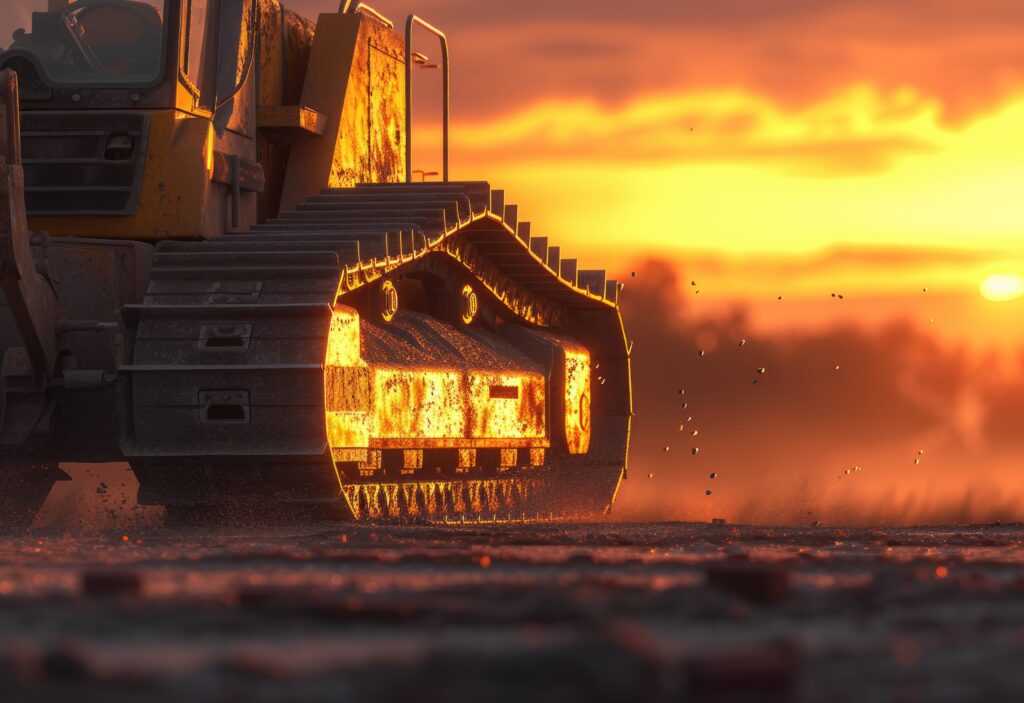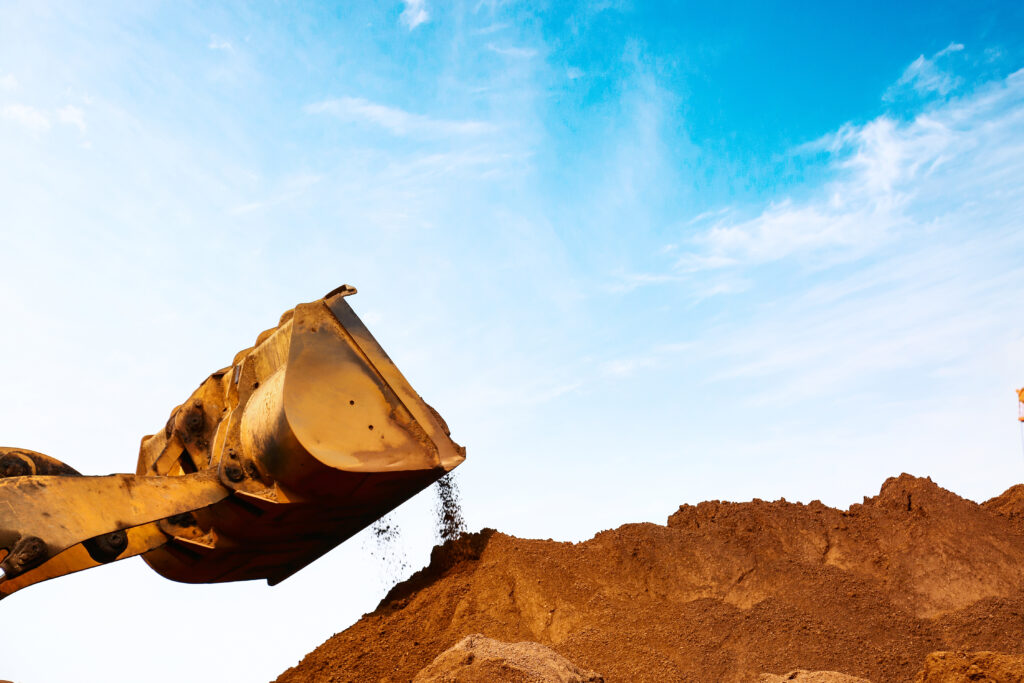A descriptive technical report serves as the cornerstone of mining projects by documenting every relevant technical detail, operational step, and compliance measure.
From the first line, it delivers clear, accurate, and comprehensive information to engineers, investors, and regulators. These reports eliminate ambiguity and provide a factual account of all processes involved, enabling faster approvals and safer project execution.
Mining projects operate under complex geological, environmental, and legal constraints. A descriptive technical report integrates all these factors into one transparent narrative.
This clarity not only aids decision-making but also reduces risks related to misinterpretation or missing information.
What Defines a Descriptive Technical Report?
At its core, a descriptive technical report goes beyond summarizing. It provides an exhaustive, step-by-step description of project activities and technical data.
Instead of just stating results, it explains how the data was obtained, the methods applied, and the context behind each observation.
Key features include:
- Detailed geological descriptions covering rock types, mineral deposits, and sampling techniques.
- Clear explanation of operational methods, equipment, and workforce roles.
- Thorough documentation of environmental impact and mitigation efforts.
- Precise alignment with regulatory requirements, especially mining authority standards.
This report acts as a communication bridge among technical teams, government auditors, and investors, providing all parties with the exact same, verifiable information.
Why Every Mining Project Needs a Descriptive Technical Report
Mining projects face intense scrutiny from both regulators and investors, who demand absolute transparency and accountability throughout every stage of development.
A descriptive technical report addresses these demands directly by providing detailed, factual documentation that proves compliance and operational integrity.
This type of report plays a vital role in:
- Ensuring full compliance with complex regulatory frameworks, helping companies avoid legal penalties.
- Providing documented proof of operational procedures during audits or inspections.
- Highlighting risks early and demonstrating proactive measures to manage and mitigate those risks.
- Increasing investor confidence by showcasing comprehensive, data-driven project insights.
- Facilitating smoother regulatory approvals, which reduces costly delays and accelerates project timelines.
Without this level of detailed reporting, mining companies risk costly fines, legal obstacles, and missed investment opportunities.
Therefore, a well-structured descriptive technical report becomes an indispensable tool for success in today’s competitive mining environment.
See more: Sigmine: what it is and how it impacts the mining sector

Essential Components of a Descriptive Technical Report
To serve its critical function effectively, a top-tier descriptive technical report must include several key components presented in a clear and organized manner.
Project Overview
The report should begin with a clear description of the project’s location, scope, and objectives. This contextualizes the technical details and helps all stakeholders understand the broader goals.
Geological Data
Include precise rock classifications, mineral quantities, and sampling methods. These geological details form the scientific basis for mining decisions.
Methodology
Provide a detailed explanation of the techniques used to collect data and carry out operational tasks. Transparency here ensures reliability and reproducibility.
Operations
List the equipment employed, extraction methods, and roles of the workforce involved in the project. This demonstrates practical capability and resource management.
Environmental Assessment
Assess potential environmental impacts and describe the mitigation strategies implemented to minimize harm. Environmental responsibility is a growing priority in mining oversight.
Regulatory Compliance
Document all necessary licenses, permits, and adherence to legal standards. This section reassures regulators and auditors that the project meets or exceeds requirements.
Risk Management
Identify key challenges and risks, and outline the company’s plans to address them proactively.
Conclusions and Recommendations
Summarize the findings and provide actionable recommendations to guide future operations or regulatory follow-ups.
To increase clarity and aid comprehension, the report should also incorporate visual aids such as maps, charts, and graphs.
These elements help convey complex technical data in an accessible way and ensure no critical information is overlooked.

How to Write an Effective Descriptive Technical Report
Crafting a descriptive technical report demands discipline, clarity, and precision. Following best practices can greatly enhance the report’s usefulness and credibility.
Writers should always use active voice to maintain directness and avoid ambiguity, which helps keep the information clear and straightforward.
It is crucial to write short sentences and paragraphs to improve readability, making the report easier to follow for all readers.
Avoiding technical jargon ensures the report remains accessible; however, when technical terms are necessary, it is important to explain them simply so that even non-experts can understand the content without confusion.
Incorporating visual elements strategically—such as charts, graphs, and maps—helps to complement and clarify the text, providing visual context that reinforces the written data.
Organizing the content logically and coherently guides readers through the project story step-by-step, building understanding gradually and effectively.
It is essential to double-check all technical data for accuracy and consistency to maintain the report’s credibility and reliability.
Finally, prominently highlighting regulatory compliance reassures all stakeholders that the project meets or exceeds required legal standards.
By adhering to these guidelines, writers ensure their reports communicate clearly to both technical experts and non-technical audiences, building trust and facilitating smoother project approvals.
Why Choose True Mine for Your Descriptive Technical Reports?
When your mining project requires precision, clarity, and full regulatory compliance, True Mine stands out as the ideal partner.
We specialize in crafting descriptive technical reports that meet the exacting standards of the Brazilian National Mining Agency (ANM) and other regulatory authorities.
True Mine offers:
- Expert technical review to guarantee every detail is accurate and professionally presented.
- Continuous monitoring of regulatory changes and deadlines, ensuring your reports stay current.
- Embedded risk analysis and mitigation strategies that strengthen your compliance position.
- Personalized advice designed to optimize asset management through superior technical documentation.
Choosing True Mine means gaining confidence that your project’s technical reports not only satisfy regulators but also become a strategic asset to attract investors and improve operational transparency.


